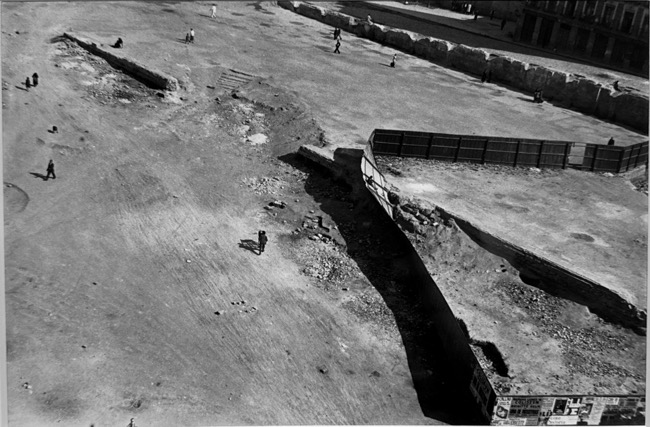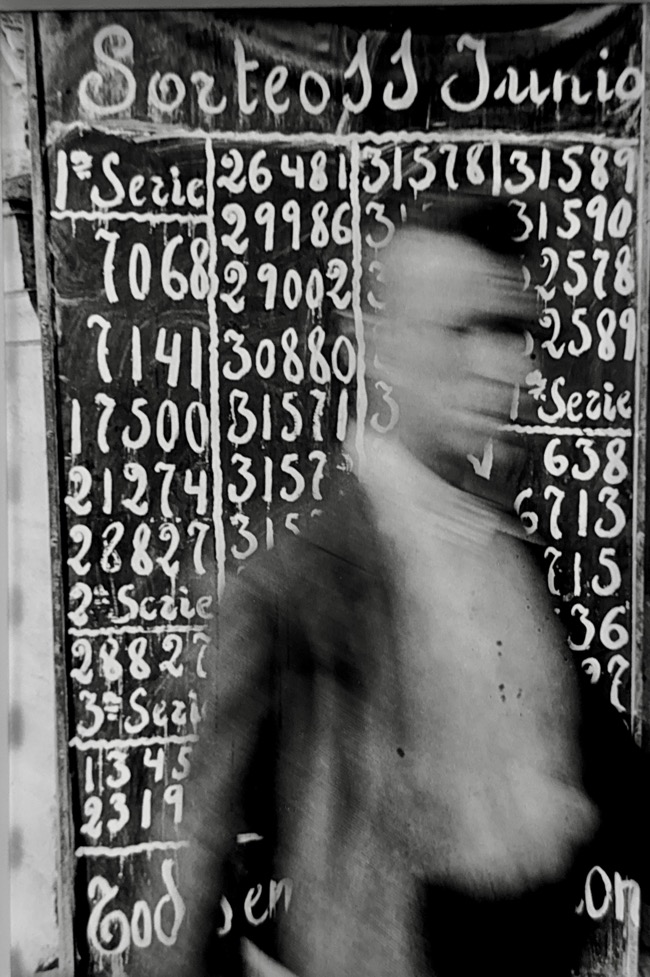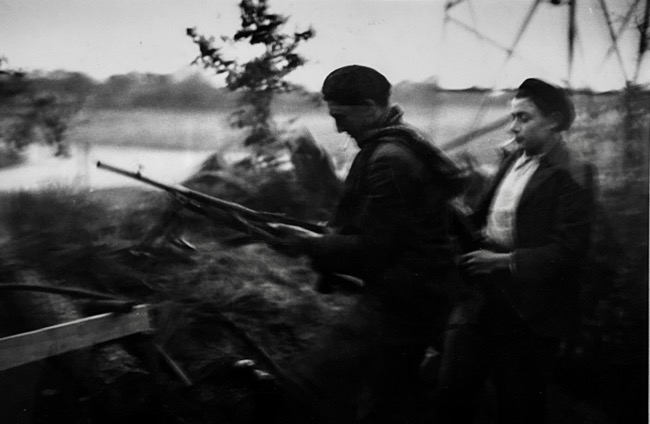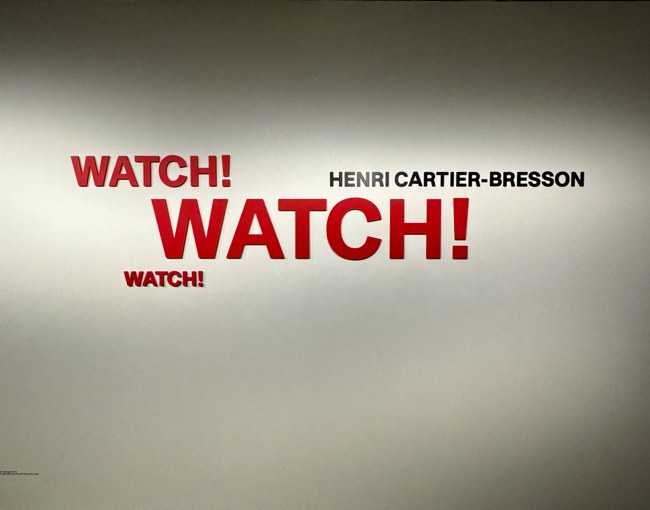While in Barcelona for work, I was thrilled to discover that a major Henri Cartier-Bresson exhibition was taking place at Fundación Mapfre. For years, his work has been a source of inspiration for me; I have explored his books and attended exhibitions of his work around the world. Yet here, the exhibition’s title seemed almost like an injunction: “Watch! Watch! Watch!” It felt as if Henri Cartier-Bresson himself were urging me to look more closely, to see beyond the surface and uncover new perspectives. This exhibition was a pure delight. The familiar magic of his well-known photographs was on display, and seeing them in Barcelona made them feel timeless all over again. Each shot invited me to pause, reflect, and discover details I had missed before — a glance, a shadow, a simple and strong composition. Cartier-Bresson’s genius lies in his ability to capture moments that reveal not only the subject but an entire world within a single frame. While many of his photos were familiar, the exhibition also surprised me with lesser-known images, offering new insights into his artistic journey and historical involvement. There were striking images from World War II, capturing both the chaos and resilience of the time. They were particularly moving, documenting life during and just after the war, including images of defeated Germany in 1945. These images reveal the strength and struggle of people, cities, and cultures in dispair. The exhibit also highlighted his many travels, including images from Cuba, India, and Italy. These photos illustrate Cartier-Bresson’s ability to find the universal in the specific. This exhibition was a reminder of his philosophy of the “decisive moment,” where he captures the essence of a place, person, or culture in a single instant. Throughout, “Watch! Watch! Watch!”, I fell compelled to follow his message: look beyond the obvious, truly pay attention, and find beauty in unexpected places.











